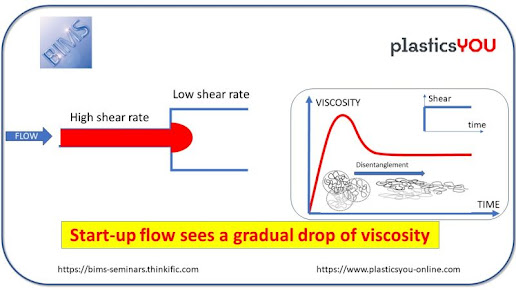DSM’s Dyneema® UHMWPE-based Ballistic Protective Insert Reduces Weight of Armor
DSM Dyneema announced that company First Armour, an affiliate of the KADDB Investment Group (KIG), is showcasing at SOFEX Jordan 2016 exhibition the lightest available insert. This panel, to be worn in combination with a protective vest, was tested according to NIJ Standard-0101.04 Level III and 7.62x39 MSC, featuring Dyneema® Force Multiplier Technology. The new DP3/3+/L insert, weighing less than one kilo, sharply decreases the load carried by operational units while maintaining a high level of ballistic protection.
Dyneema® Force Multiplier Technology is a radical innovation based on Dyneema®, one of the leading brands of ultra-high molecular weight polyethylene (UHMWPE) fiber. It enables customers to create very light armor solutions. The protective insert is manufactured by First Armour in Jordan, for high-end use in law enforcement and embassy guards in the region.
“Reducing the weight, and thickness of protective equipment is a key objective for military and law enforcement personnel in Jordan and around the globe,” said Muneer Al Assi, General Manager of First Armour. “Our productive, ongoing collaboration with DSM Dyneema and the exceptional properties of Dyneema® Force Multiplier Technology enabled us to design this new ultra-lightweight protective insert. With this insert, the officer can enhance endurance, speed, comfort and freedom of movement. We are pleased to offer a state-of-the-art ballistic protection solution to the region.”
First Armour will soon start offering various types of body armor based on different high-performance grades of Dyneema®.
“We congratulate First Armour on its innovative ballistic protective insert, which combines dramatic weight reduction with highly demanding protection requirements,” said Marcio Manique, Global Business Director, Life Protection, DSM Dyneema. “
Source: DSM


Comments
Post a Comment